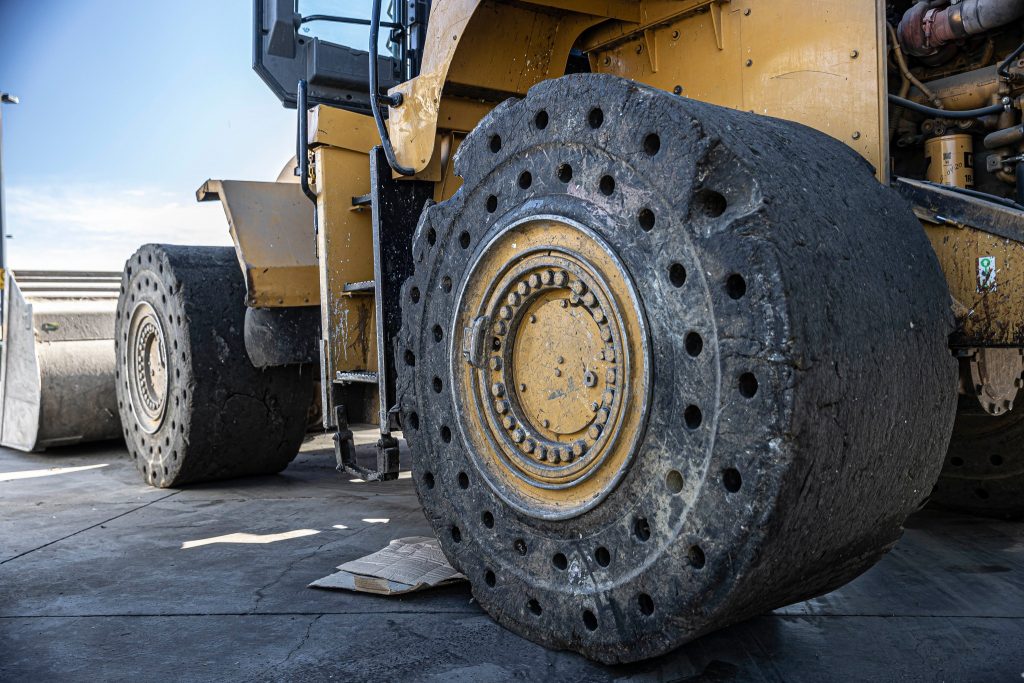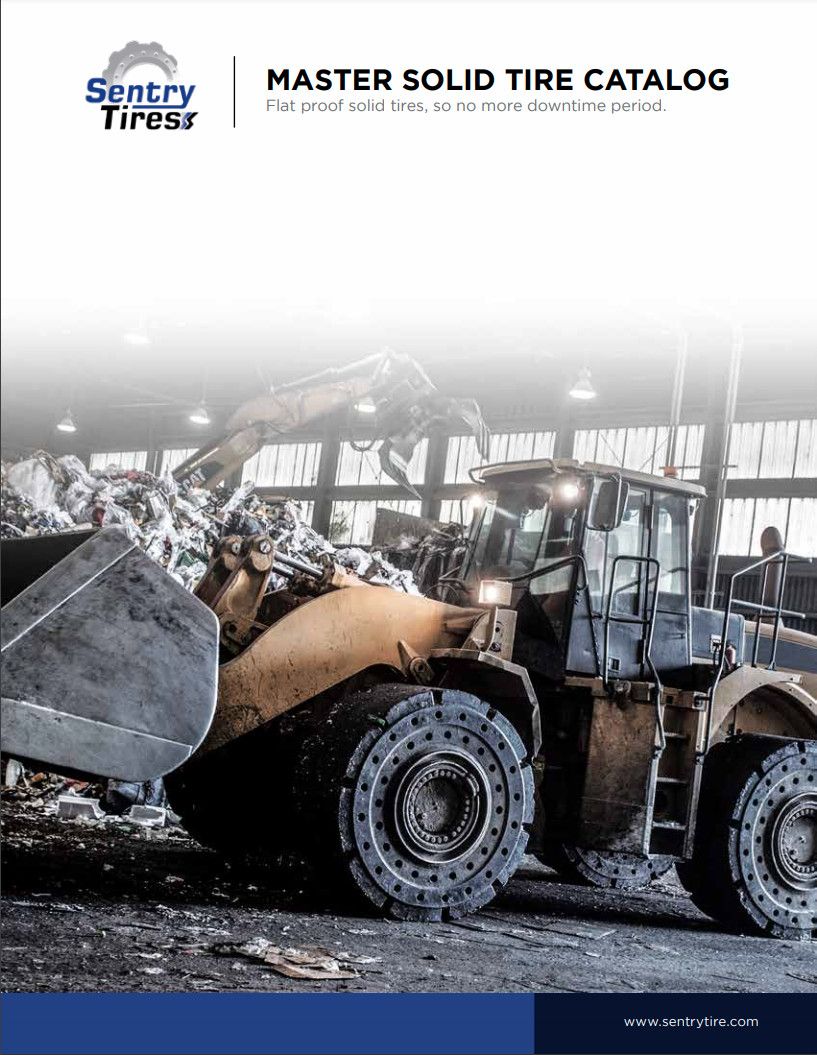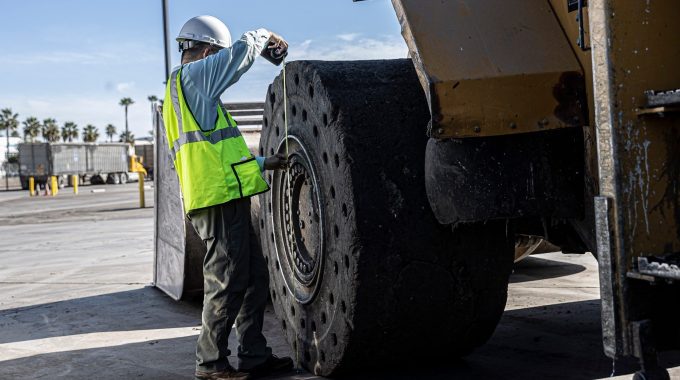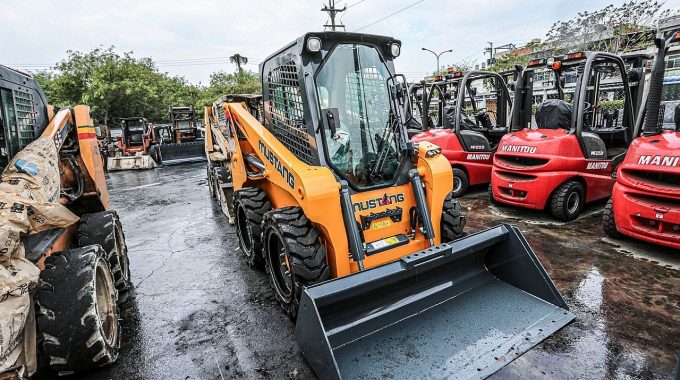
sentry tire
What Tire Dealers Can Learn from Fleet Managers: Spec’ing for Performance, Not Just Price
Tire dealers often find themselves in transactional territory—fielding calls, offering price points, and fulfilling fast-moving orders.
But the most successful dealers – the ones who build long-term relationships – take a page from the fleet manager’s playbook: They spec tires based on performance, application fit, and lifecycle cost — not just what’s cheapest.
What Fleet Managers Prioritize (and Why Tire Dealers Should Too)
Fleet managers are held accountable for:
- Downtime metrics
- Total cost per hour
- Operator satisfaction
- Safety compliance
- Meeting budget targets
They know that a tire is more than a component—it’s a risk point, a performance factor, and a cost variable.
If dealers adopt this mindset, they instantly become more than vendors. They become advisors.

Key Lessons for Dealers:
- Don’t default to cheapest — ask about usage.
Before quoting, ask:
-
- What kind of terrain does this machine see?
- How many shifts does it run per day?
- Indoor, outdoor, or both?
- This aligns you with the fleet’s operational reality—and often uncovers a better-fit tire.
- Don’t Judge a Tire by Looks Alone
We find that many dealers visually inspect a tire to determine quality—assuming, for example, that a tire that looks soft or has deflector holes might not last.
However, Sentry Tire’s field data tells a very different story: these designs work and function just as efficiently as their counterparts. We strongly discourage dealers from relying on gut feeling or visuals alone to determine if a tire is going to perform. Real-world data, not assumptions, should drive recommendations.
- Consider load, not just size.
Size gets you in the ballpark, but load rating keeps you in the game. A forklift with heavy pallets or a telehandler on a slope may need a higher-ply or more robust compound.
- Introduce TCO (Total Cost of Ownership).
Even if your customer hasn’t heard the term, explain how a slightly more expensive tire could last twice as long—or prevent downtime that costs them more than the tire ever would.
Here’s something many overlook: if you replace tires at the proper interval, you also reduce strain on the machine. Wait too long, and you risk damaging the gearbox, which sits directly beneath the drive system.
For large fleets, avoiding premature gearbox wear could save hundreds of thousands of dollars annually in repairs and downtime.
- Offer alternatives by application.
Instead of pushing what’s in stock, suggest:
-
- Solid vs. pneumatic (for debris-heavy or indoor use)
- Aperture sidewall (for ride quality)
- Deep lug patterns (for off-road stability)






